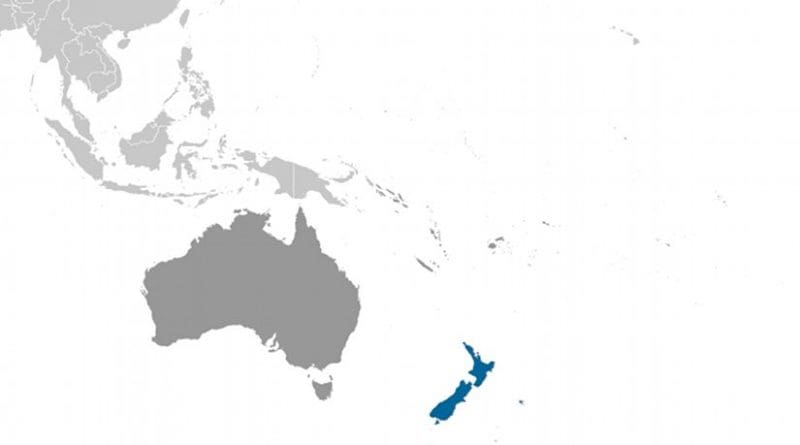New Zealand To Kill 150,000 Cows To Stem Spread Of Disease
By MINA
In an attempt to eradicate a disease-causing bacteria from cows, politicians and industry heads in New Zealand agreed on Monday to kill some 150,000 of the creatures.
If all goes as hoped with the slaughter, New Zealand would be the first country to have registered an infection and successfully remove Mycoplasma bovis from its herds.
Mycoplasma bovis was first detected in New Zealand in July 2017. Though the bacteria poses no threats to food safety, it does cause production losses, as infected cows tend to develop mastitis, severe pneumonia, arthritis and respiratory issues.
Although many cows are expected to be killed at processing plants and be used for beef, some may have to be killed and buried on farms or in specified landfills, AP reported. Even if cows appear to be healthy, officials will “kill all cows on any farms where the bacteria are found.”
“This is a tough call — no one ever wants to see mass culls,” Jacinda Ardern, the prime minister of New Zealand, told The Guardian. “But the alternative is to risk the spread of the disease across our national herd. We have a real chance of eradication to protect our more than 20,000 dairy and beef farms, but only if we act now.”
“Speaking with affected farmers in recent weeks, it is obvious that this has taken a toll, but standing back and allowing the disease to spread would simply create more anxiety for all farmers,” she added.
Radio New Zealand reported that after the cows are killed, infected farms will be disinfected and then ordered to lie fallow for 60 days before new livestock can be allowed to return to the grounds.
The New Zealand government is expected to foot two-thirds of the hefty $560 million tab, while the cattle industry will pay the remainder. After farmers surrender their herds, they are expected to receive an undisclosed amount in funding to rebuild.
Local farmers Leo and Maite Bensegues told the New Zealand Herald that after they gave up their herd of 950 cows along with 200 calves, they were compensated with some $2 million to buy new livestock.
“The day we loaded up the last [animals], the truck and trailer going away… We don’t talk about it anymore,” Leo told the outlet. “It’s not easy.”
Since its July discovery, the bacteria was deemed “active” on 37 different properties and 26,000 cows have already been killed, the Guardian reported. It’s speculated that the bacteria likely arrived in the country some 18 months before it was discovered.
An investigation launched by the country’s Ministry of Primary Industries to determine how the bacteria wound up in the country is still ongoing.
Home to some 6.6 million cows, New Zealand is one of the world’s largest exporters of dairy products. According to AP, officials indicated they won’t be able to tell until the end of the year whether the mass cow killing plan will work. The island nation has in place strict guidelines that dictate what can and cannot be brought into the country in order to protect their rare native plants and animals.

